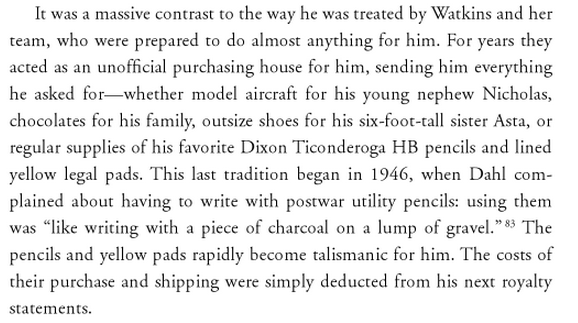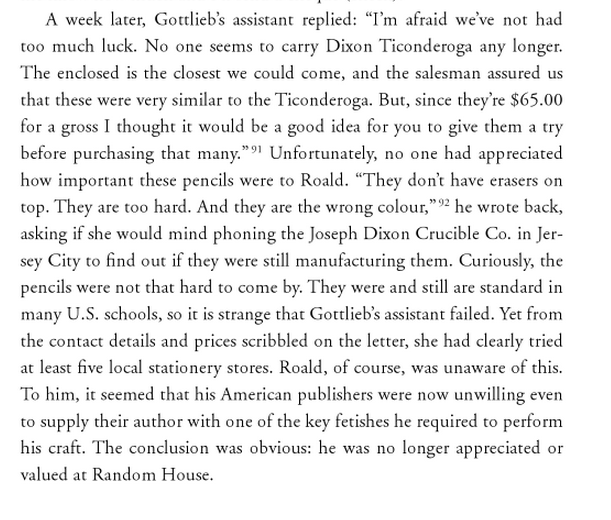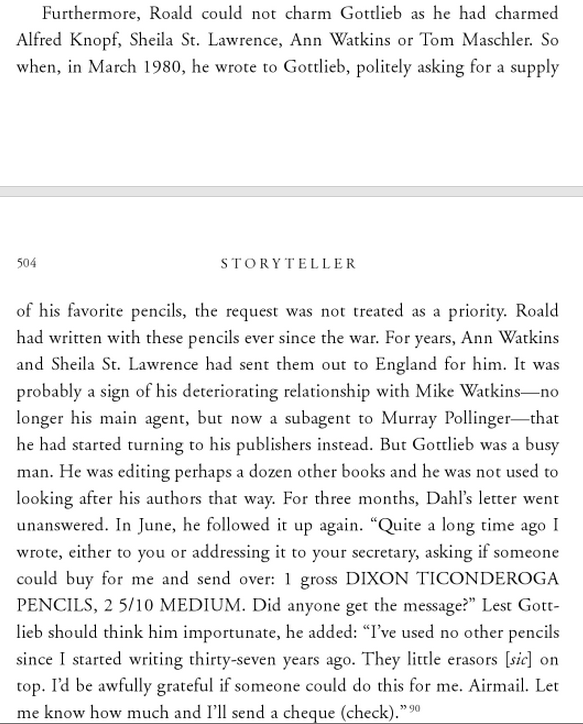The Black Warrior has a long history and has undergone a few name changes. Eagle, Berol, Paper Mate Mirado. It’s still being made — but do I have to say it? The new ones ain’t like the old ones.
The Black Warriors I got came in a Berol box, but the pencils themselves have the old Eagle brand on them. I saw them on eBay and wondered at the number of bidders vying for them. I did a search on the Internet and found out about the myth. I think only the Blackwing has more written on it. Turns out the Black Warrior is one of those fetishized pencils writers and would be writers dream about. Of course, once I figured it out, I was more than willing to fork out 90 bucks for a half gross — 6 boxes, a dozen each — still sealed in plastic. Instant writer cred, after all.
Or maybe they were once dreamt about — they’re old pencils and fewer and fewer people write with any pencil, nowadays. The writers I quote below talk about the Black Warrior as mostly existing in the past. This pencil made an impression on the writers, enough to be featured in their books. But who else but an artist would mind the memorableness of an object like a pencil or talk it up to the point that it’s transformed into more than its components — wood, graphite, metal and eraser. For the writers below, the Black Warrior is many things, from a good-looking pencil or valuable tool to a symbol that completely transcends the writing instrument.


I found the Eagle Black Warrior to be a great writing pencil. A writing pencil is a pencil that has writer friendly features, in contrast to an artist pencil or a general pencil, which have other properties.
Here are the writer-friendly properties of a Black Warrior:
- has an eraser
- sharpens well
- is a hard lead (retains a point and lasts a long time before needing resharpening; smudge resistant)
- glides smoothly on paper
- no coarse graphite irregularities
- chemically treated (Chemi-Sealed) to withstand lead breakage
And here are some general signs of a good pencil:
- no warping even after 30+ years
- well-centered lead for good sharpening
- quality paint and stamp job — no over-paint at the unsharpened end
- neat ferule attachment–seamless, no hole-pinched crimping
Stephen King and many others. will frequently refer to the Black Warrior in terms of a collection of them. It’s not about one pencil, it’s about a bunch of them, an army, an assault squad, or a box, a half-dozen, or four. They’re exhaustible ammunition, bullets in the writer’s arsenal. And they’re mentioned by first and last name — the manufacturer and the model and even the hardness.
From Misery by Stephen King:
“She sharpened his half-dozen Berol Black Warrior pencils, he wrote them dull, and Annie sharpened them again. They shrank steadily as he sat in the sun …”
From Zak’s Dream Machine By Michael Murphy:
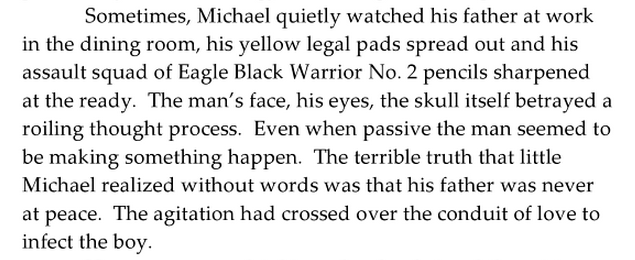
From The Lincoln Lawyer Novels: The Lincoln Lawyer, The Brass Verdict, The Reversal by Michael Connelly:

Janet Neipris makes the clearest statement about what a Black Warrior is to a writer. It’s THE pencil.
From: To be a Playwright by Janet Neipris:

Melissa F. Miller reaches poetic heights in her descriptions–while remarking on an idiosyncrasy of the pencil –it’s roundness; you have to position it just right or it rolls off the table. This is no mere tool at the service of a person. This object makes demands on you, too.
From Critical Vulnerability By Melissa F. Miller

From Pinkerton Waltz: The Oral History of Sadie Albin Aka Etta Place By Michael Thessen:

From Save Me A Place In Heaven By Jerry Deriso:
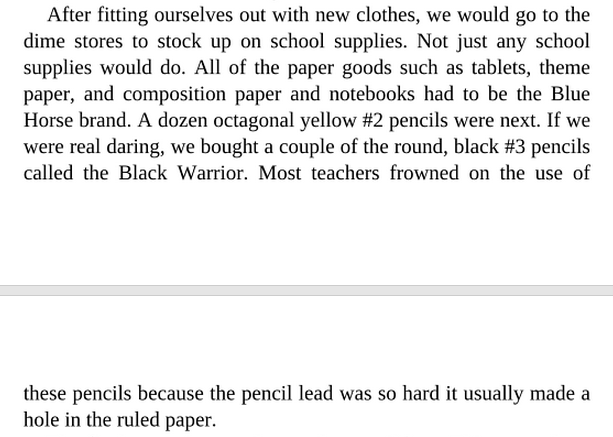
Finally, here’s Gerald Ribeiro, who treated the Black Warrior as more than just a mere pencil. Gerald doesn’t even use it for writing but it’s there for him when he’s writing, presumably with other pencils or maybe pens. Gerald was a social activist who co-founded and led a drug treatment organization until his death in 2002. He identified with the Black Warrior at a deeper more significant level than anyone else quoted here. And so to him goes the last quote.
From This Path I Took By Gerald Ribeiro:

I’m glad I got the chance to discover the Black Warrior. It meant a lot to many people and I’m glad I was able to find as much as I was able to.
Update (2019-12-6):
Here’s a comment from a post on pencils.com:












